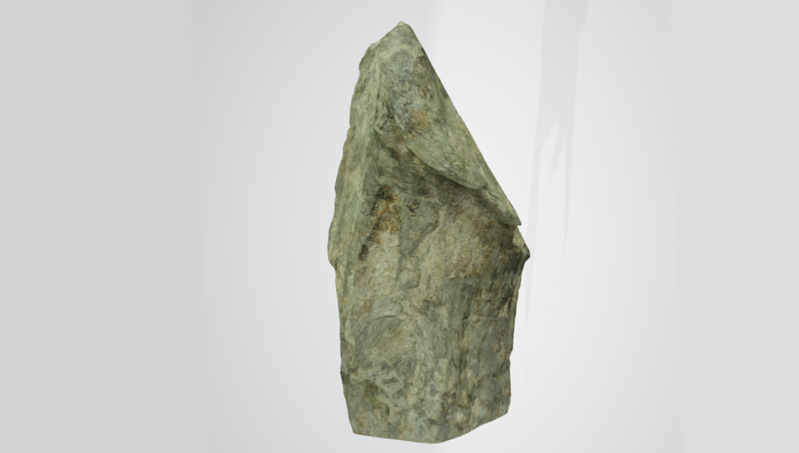
产地:山东省新泰市
特征:
科马提岩(Komatiite)为超基性喷出岩。1969年首次发现于南非巴伯顿山地的科马提(Komati)河流域,故名。原意只限于太古代绿岩中枕状岩流顶部的、具鬣刺结构的超镁铁质熔岩。科马提岩的发现对证实超基性岩的岩浆成因具有重要意义。
科马提岩又称镁绿岩。从含MgO 18%-32%的高温岩浆中结晶出来的一类超镁铁质熔岩。成分与深成的橄榄岩相当。常常形成枕状构造,具有冷凝的流动顶盖并且通常显示发育良好的鬣刺结构:在大量玻璃基质中橄榄石和辉石晶体呈骸晶状或刀片状彼此交生,常与拉斑玄武岩呈互层状产出。
岩石主要由橄榄石、辉石的斑晶(或骸晶)和少量铬尖晶石以及玻璃基质组成,具枕状构造、碎屑构造,和典型的鬣刺(鱼骨状或羽状)结构,其特点是橄榄石呈细长的锯齿状斑晶,是淬火结晶的产物。在南非、澳大利亚西部、芬兰、美国、加拿大的太古代绿岩中常有科马提岩出露。
采集人:陈勇、颜世永、裴仰文、王健、段忠丰
Komatiite
Provenance: Xintai, Shandong, China
Characteristics:
Komatiite is a type of ultramafic mantle-derived volcanic rock. Komatiites have low silicon, potassium and aluminum, and high to extremely high magnesium content. Komatiite was named for its type locality along the Komati River in South Africa.
True komatiites are very rare and essentially restricted to rocks of Archean age, with few Proterozoic or Phanerozoic komatiites known (although high-magnesian lamprophyres are known from the Mesozoic). This restriction in age is thought to be due to cooling of the mantle, which may have been up to 500°C hotter during the early to middle Archaean (3.8 to 2.8 billion years ago). The early Earth had much higher heat production, due to the residual heat from planetary accretion, as well as the greater abundance of radioactive elements. Komatiites occur with other ultramafic and high-magnesian mafic volcanic rocks in Archaean greenstone belts.
Gatherers: Chen Yong, Yan Shiyong, Pei Yangwen, Wang Jian, Duan Zhongfeng